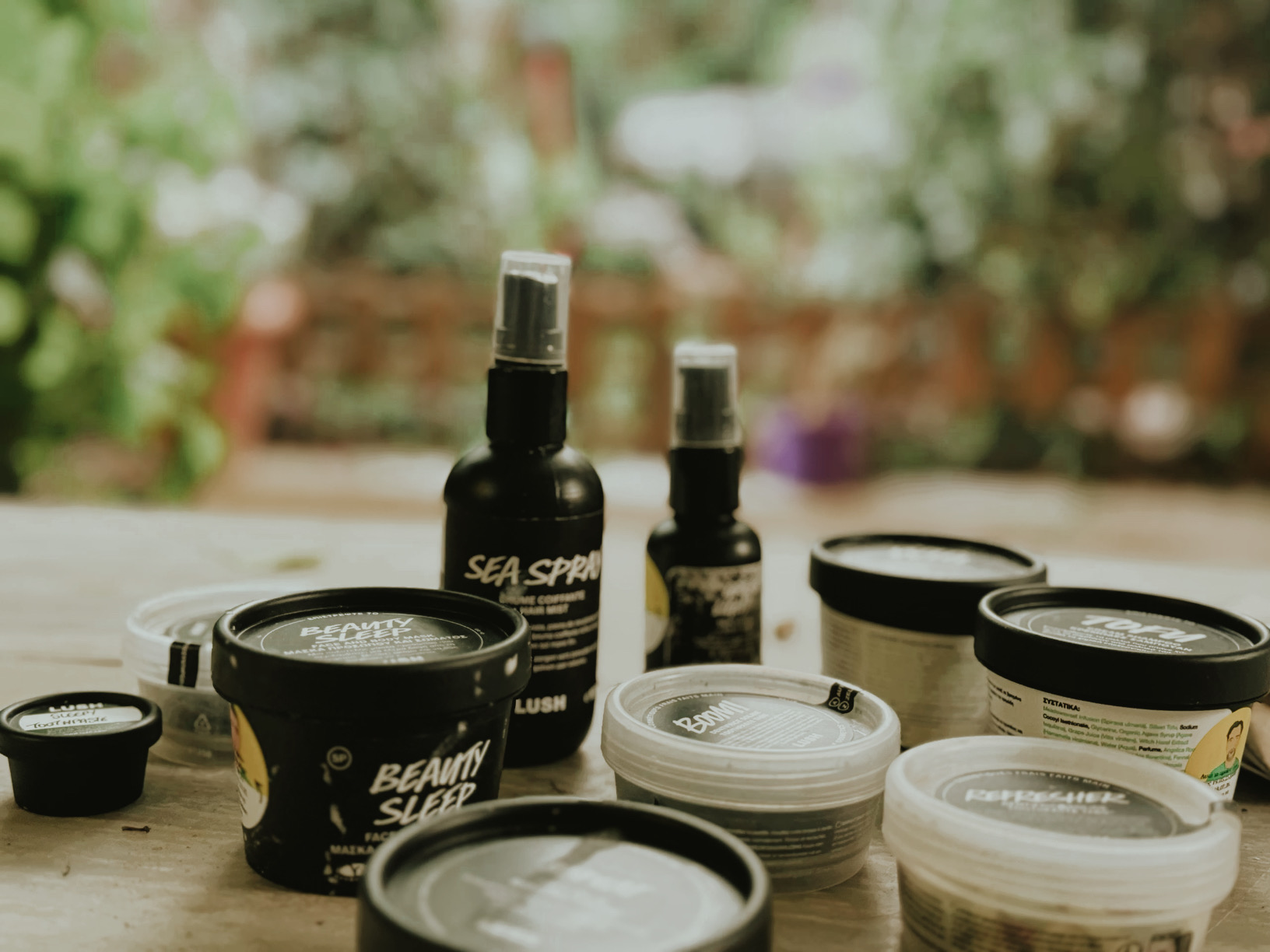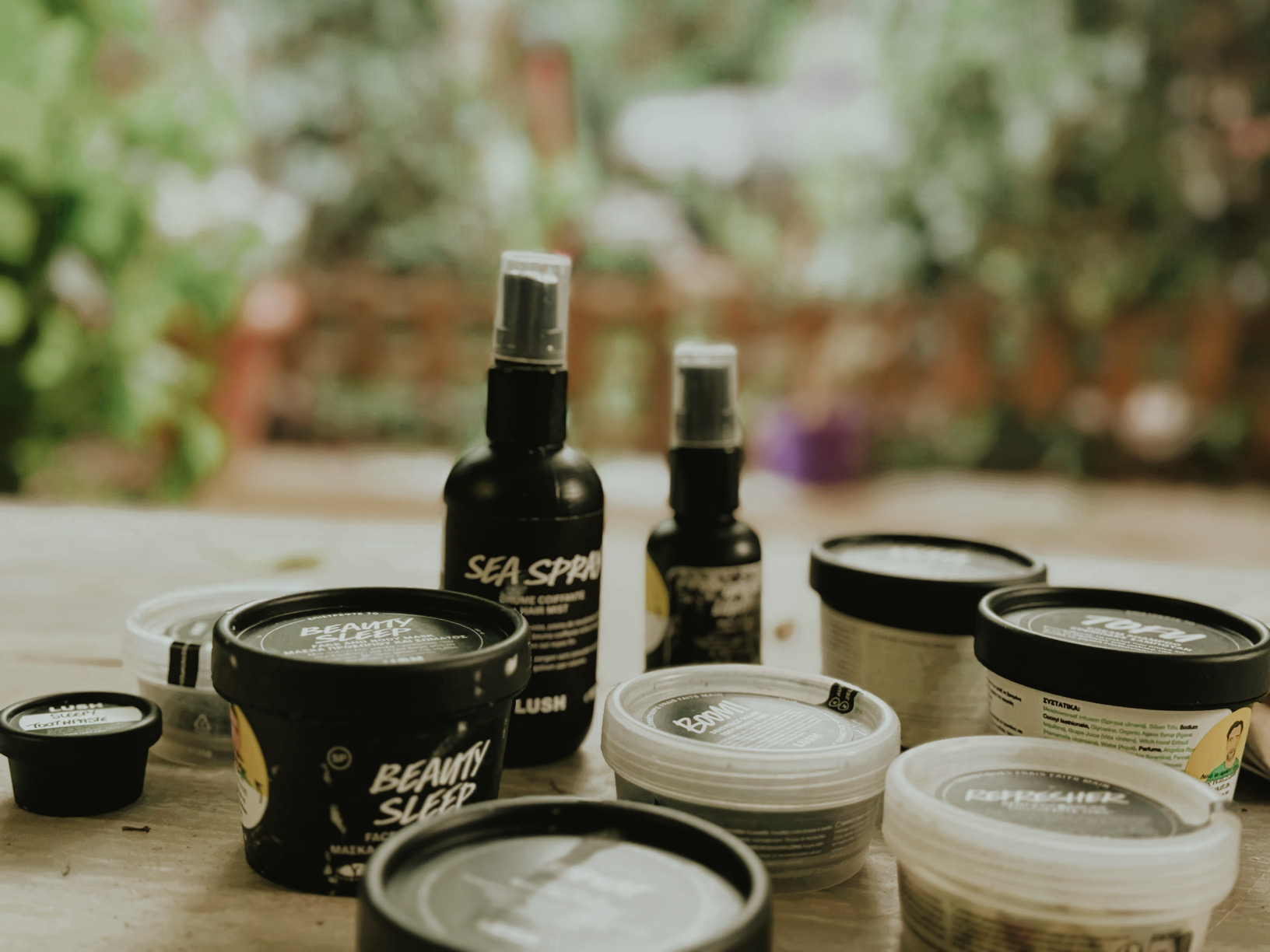
What Every Business Can Learn from Lush’s Ecosystem Marketing Strategy
Why Lush is Worth Studying
I'm one of those people who walk into Lush "just to browse" and walk out with a bag full of soaps, balms, and samples. But as a brand and marketing strategist, I see something deeper than just a pleasant customer experience.
Lush isn't simply a cosmetics brand. It's a strategically designed ecosystem, where everything from packaging to product naming, from in-store experience to brand tone of voice, works together to deliver desirability, feasibility, and viability.
So, let's unpack why Lush's marketing strategy works so well and what businesses can learn from it.
Lush in the Red Ocean But Still Winning
Lush was founded in 1995 in the UK, entering what's widely known as a "red ocean": a brutally competitive, oversaturated market where most brands compete on price, shelf space, and trend cycles.
By the time they hit their peak visibility in 2017, Lush had become more than a retailer they were a movement, tapping into the cultural shift toward: Clean beauty, Sustainability, Ethical consumption, Anti-corporate sentiment, Offline, sensory retail experiences
While many beauty brands were shifting toward aggressive influencer marketing and e-commerce convenience, Lush doubled down on in-store sensory experiences, activist campaigns, and product storytelling creating a brand that felt alive.
An ecosystem that:
Integrates brand identity with ethical values
Offers consistent, well-executed customer experiences (I have visited stores from Athens to Antwerp & Milan, staff culture and service is remarkably aligned)
Uses CX-led design thinking
Evolves through feedback, iteration, and community-building
(Crowdsourced product revivals, tester boxes, global community input) The 2017 peak was less of a decline afterward and more of a strategic signal that the rest of the industry had caught on. What Lush pioneered conscious consumerism through branding had gone mainstream.
So the real win?
Lush didn't just succeed in the red ocean they helped shift the tide.
Ecosystem Strategy at Play
This is where strategy nerds will smile. Lush aligns well with the Desirability | Feasibility | Viability triangle a design thinking framework applied at a business ecosystem level.

Ask yourself:
Desirability: Do people want it? (Yes, sensory, ethical, personalized experience)
Feasibility: Can it be done? (Yes, in-house manufacturing, staff training, ethical sourcing)
Viability: Is it sustainable? (Yes, high margins, loyal customers, scalable model)
Strategically, Lush also answers:
Where to play? Ethical beauty space, both online and physical retail
How to configure? Through strong values, unique CX, minimalist packaging, and internal production
How to win? Differentiation, community engagement, and extreme product personalization
What the Brand Gets Right And Why It Works
Consistent Branding
You may love or hate the black packaging but you remember it. The minimal look gives center stage to the product itself. The edgy typography and packaging design give a raw, alternative vibe that resonates with younger, eco-conscious consumers.
Unique Naming & Copywriting
Every product has a name and a story. Lush makes the mundane (like soap or toothpaste) sound like an experience. That's emotional marketing at work.
Holistic Product Offering
There's something for everything from body scrub to solid toothpaste. It doesn't just sell products it promotes a lifestyle of self-care. It gives the impression that "they've thought of everything."
Customer Experience (CX)
This is where the brand truly shines. From the ice displays that highlight freshness to the highly trained staff who walk you through the products, the in-store experience is informative without being pushy. I've visited stores in Antwerp, Milan, and Athens and the service is consistently polite, friendly, and knowledgeable.
Pricing & Gifting
Yes, prices are higher than average. But Lush offers smaller packages and free testers that lower the entry barrier. And those testers? They turn into full purchases later.
It's smart sampling as a loyalty loop.
Lessons for Entrepreneurs & Founders
Whether you're building your own product or planning a brand relaunch, ask yourself:
○ What are your company's strengths and weaknesses?
○ What's your core business today?
○ What skills and capabilities already exist in your team?
○ Do you collect and use customer and transaction data to improve your offering?
Creating a customer-centered ecosystem means blending:
○ Market research
○ Customer research
○ Design thinking
○ Data analytics
○ Value proposition design
...into a strategy that's constantly iterated, not just planned once.
Strategy Wrapped in a Bar of Soap
Lush shows us that good marketing is not about trends it's about systems. It's about aligning everything brand, CX, design, packaging, operations, values into one experience that people love and trust. And it's repeatable. So next time you pick up that little black pot of fresh face mask, remember: you're holding a piece of a well-oiled ecosystem.
Lush has built something truly unique not just a successful brand, but a meaningful ecosystem that aligns values, experiences, and strategy into one cohesive customer journey. Their approach continues to inspire marketers, founders, and creatives alike.
Disclaimer:
This blog post is not sponsored, promotional, or affiliated with Lush. All opinions are my own, based on personal experience and strategic analysis. The link is included solely for informational and non-commercial purposes.

